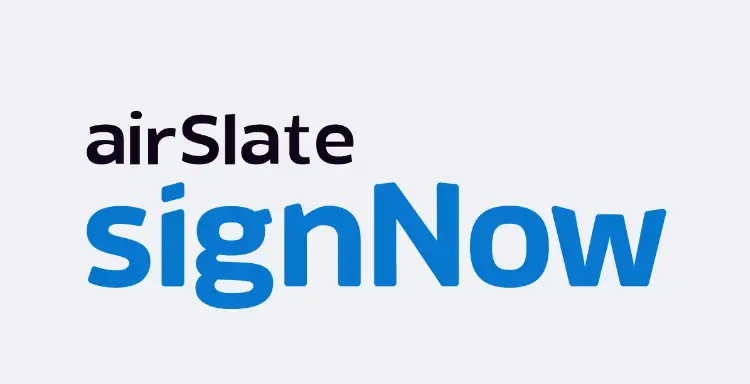
Introduction:
In today’s digital age, the traditional way of signing documents with pen and paper is rapidly being replaced by electronic signatures, commonly known as eSignatures. These digital tools offer a convenient, secure, and efficient way to sign agreements, contracts, and other important documents online. This guide will provide an in-depth understanding of eSignatures, their benefits, how they work, and their legal implications.
What is an eSignature?
An eSignature, or electronic signature, is a digital version of a handwritten signature used to sign documents electronically. It signifies a person’s intent to agree to the contents of a document. eSignatures are used in various industries, including real estate, finance, healthcare, and legal services, to streamline the document signing process.
Types of eSignatures:
- Simple eSignatures: “Basic electronic signatures include typing your name, checking a box, or inserting a scanned image.”
- Advanced eSignatures: “These include encryption to verify the signer’s identity and ensure document integrity.”
- Qualified eSignatures: The most secure form, using digital certificates issued by trusted certificate authorities to provide the highest level of legal validity.
Benefits of eSignatures:
- Convenience: Sign documents from anywhere at any time using a computer, tablet, or smartphone.
- Efficiency: Reduce the time needed to obtain signatures, speeding up the document signing process.
- Cost-Effective: Save on printing, mailing, and storage costs.
- Security: Advanced encryption and authentication methods ensure the integrity and authenticity of signatures.
- Legal Validity: eSignatures are legally binding in many countries under regulations such as the ESIGN Act and eIDAS.
How Do eSignatures Work?
eSignatures typically involve the following steps:
- Document Preparation: The document to be signed is uploaded to an eSignature platform.
- Signer Identification: The platform verifies the identity of the signer through various methods, such as email authentication, SMS codes, or digital certificates.
- Signature Placement:“The signer adds their eSignature by clicking, typing, drawing, or uploading an image.”
- Document Submission: “The signed document is stored electronically with an audit trail recording timestamps and IP addresses.”
Popular eSignature Tools:
- DocuSign: A widely used platform that offers comprehensive eSignature solutions for businesses of all sizes.
- Adobe Sign: Integrated with Adobe Acrobat, it provides a seamless way to sign and manage PDF documents.
- HelloSign: Known for its user-friendly interface and integration with Google Workspace.
- SignNow: Offers a robust set of features for businesses, including advanced security options.
- PandaDoc: Combines eSignatures with document management and workflow automation.

Best eSignature service
Legal Validity of eSignatures:
eSignatures are legally binding in many countries under specific regulations:
- United States: The ESIGN Act (Electronic Signatures in Global and National Commerce Act) and UETA (Uniform Electronic Transactions Act) provide the legal framework for eSignatures.
- European Union: eIDAS (Electronic Identification, Authentication, and Trust Services) regulation governs the use of eSignatures, ensuring their legal recognition and security.
- Other Countries: “Many countries recognize eSignatures as legally equivalent to handwritten signatures.”
To ensure your eSignature is legally binding, it must meet certain criteria:
- Intent: The signer must intend to sign the document.
- Consent: All parties must agree to conduct business electronically.
- Authentication: The identity of the signer must be verified.
- Integrity: The document must be tamper-proof after signing.
- Retention: The signed document must be stored and retrievable for future reference.
FAQs
Q1: Are eSignatures secure? Yes, eSignatures use advanced encryption and authentication methods to ensure the security and integrity of the signed documents.
Q2: Are eSignatures legally binding? In most countries, eSignatures are legally binding under specific regulations like the ESIGN Act in the United States and eIDAS in the European Union.
Q3: Can I use eSignatures for all types of documents? eSignatures are suitable for most documents, but certain legal and government forms may still require handwritten signatures.
Q4: How do I know if my eSignature is legally binding? eSignatures are legally binding if they meet the requirements set by relevant regulations, such as intent to sign, consent to conduct business electronically, and proper authentication of the signer’s identity.
Q5: Can eSignatures be used for international transactions? Yes, eSignatures can be used for international transactions, but it’s essential to ensure compliance with the regulations of the involved countries.
Conclusion
eSignatures offer a modern, efficient, and secure way to sign documents electronically. Understanding eSignatures, their benefits, and the legal framework enables confident adoption for personal and professional use. Embrace the convenience and efficiency of eSignatures to streamline your document signing process in today’s digital world.
